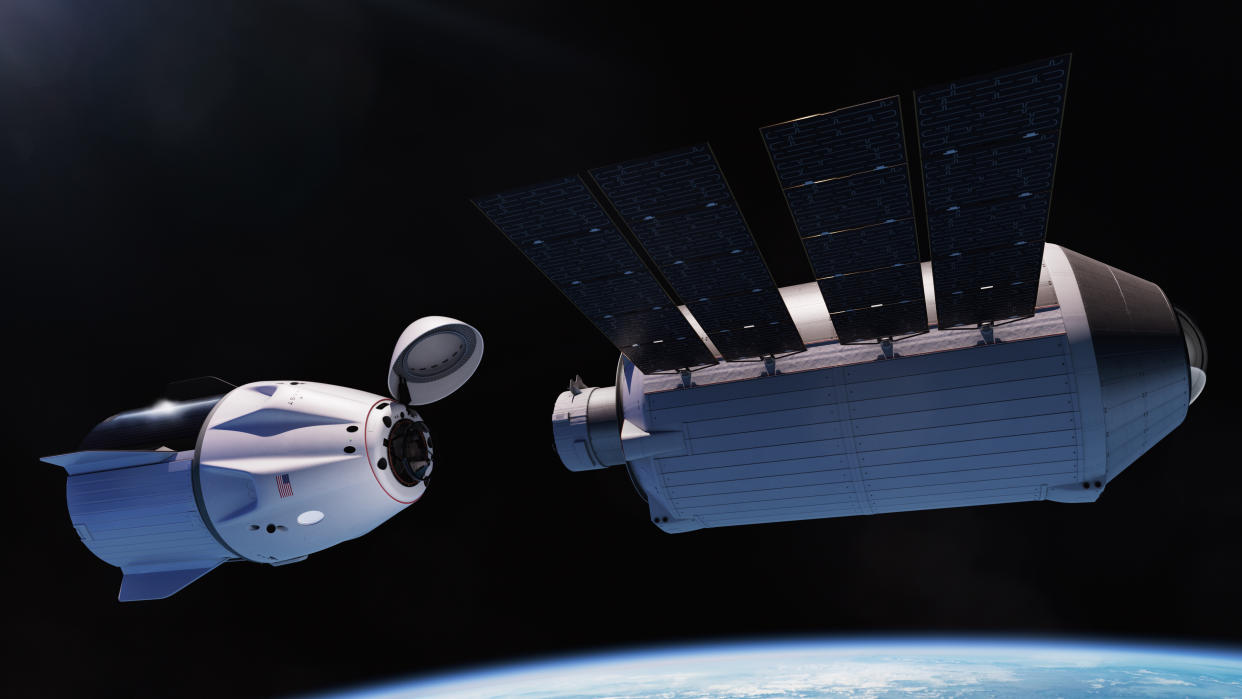Vast plans microgravity lab on its Haven-1 private space station

Commercial space station company Vast is building a private microgravity research lab as part of its wider Haven-1 station plans. The module is set to launch no earlier than the second half of 2025, the company said Thursday.
The lab includes 10 payload slots that are equivalent to 10 “middeck lockers” on the International Space Station -- a standard payload container measurement on the ISS. Each of those slots, roughly the size of a microwave oven, can accommodate payloads up to 30 kg (66 lbs) while providing 100W of continuous power and Ethernet data connectivity.
Similar to the ISS, the payloads will be operated by a crew onboard Haven-1, and researchers will be able to return samples or products from the lab via capsules like SpaceX’s Dragon. Those astronauts will be assisted by ground operators via Starlink laser links. (Vast announced its partnership with Starlink in April.)
“The ISS may be on its way to be retired in 2030, but the institutional knowledge deserves a new platform for future microgravity research and manufacturing innovation,” Vast CEO Max Haot said in a statement. "Our Haven-1 Lab is designed to provide that bridge well before the eventual retirement of ISS.”
Vast is bringing on Redwire Space and European space biotech company, Yuri, as its first partners in the lab. Both firms have extensive experience operating on the ISS. It’s notable that Vast pursued a European-based company as an early partner -- earlier this summer, Vast made a strong gesture of intent toward more collaboration with the continent when it signed a MoU with the European Space Station for future Vast stations.
Haven-1 is a serious stab at replacing the International Space Station (ISS), which has hosted hundreds of science and research experiments over its operational life. Even though commercial space stations attract a lot of attention for their potential as space tourism destinations for the space farers of the future, their bread-and-butter services will likely still be research-based for quite a while.
But the research may look quite different than what’s been onboard the ISS. Space is limited on the station and NASA and its partners evaluate potential experiments for their scientific value. There are also limits on crew time. As a commercial venture, Vast’s lab and others like it may have different priorities.
NASA is likely encouraged to see a commercial station provider with plans to launch so soon. Agency officials have repeatedly expressed a desire for an overlap between the ISS -- which is due to retire by the end of the decade -- and private stations on orbit.

